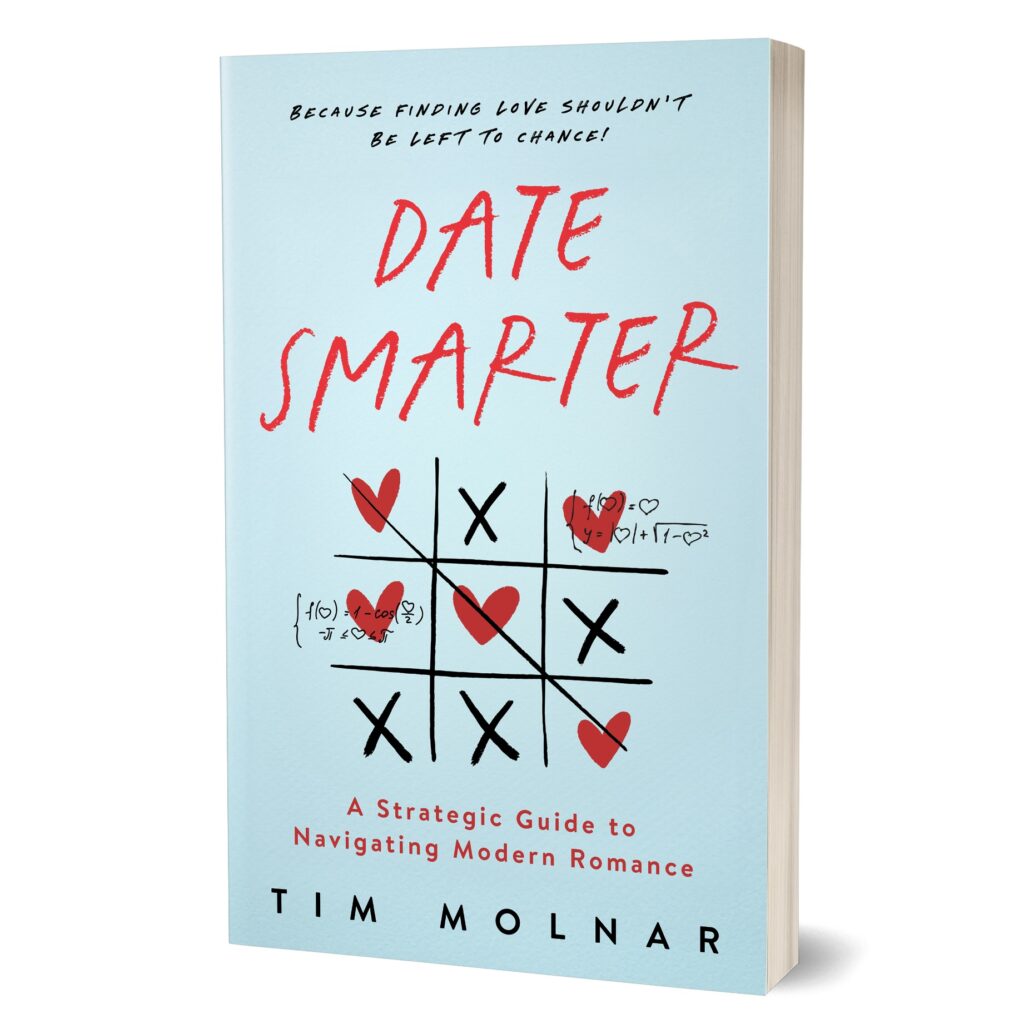My client Chrissy was on a self-described “dating frenzy.” Three different apps, hundreds of matches, and dozens of ongoing messages. The week leading up to our first meeting, she’d been on dates with four men. Curious about her selection criteria, I probed a bit into how she landed on those lucky gentlemen.
Her reply was simple. “Well, their pictures were cute. And they had thoughtful profiles. Also, they asked.”
“Sure, but fifty of your conversations match that description.”
“Yeah, but some of them just drag.”
I reviewed her messages. Many played out over several weeks. So I zeroed in on the ones that had led to actual dates. Almost without fail, it was the quick exchanges—the ones that lasted just a day or two, that made the cut. This included “Gary,” your quintessential average guy.
“Hold up, Chrissy. You chose a date with Gary over Ted, the Yale rower whose profile should be in the dating hall of fame?” It didn’t add up.
“Ted who?” she shrugged. “Oh, right. The crew guy. I guess he just sort of slipped through the cracks.”
The Role of the Recency Effect
That’s when it hit me that Chrissy was caught up in the recency effect. She was choosing guys who were top of mind, not necessarily ones who might have been stronger matches.
It’s an odd phenomenon, but the recency effect holds important implications for effective date planning: strike while the iron is hot and act quickly to set up a date. This is true whether you meet someone online or in person.
Keep the Momentum Alive
If you meet someone IRL, follow up later that day—or at the latest, the next morning. For online matches, Hinge’s research suggests that proposing a date within two to five days of chatting is ideal. The longer you wait, the more the initial connection fades.
Momentum doesn’t just apply to suggesting a date but also to scheduling it. Dragging out the planning process can cause the excitement to fizzle.
Propose a Concrete Date
Few things dampen first-date excitement more than an entire week of logistical back-and-forth. Consider the following string of text messages:
If you’ve dated recently—especially online—you’ve likely encountered your own scheduling hurdles. It’s perfectly normal. People are busy, and we often aren’t having these conversations in real time. These exchanges can easily stretch over a week or more, during which time a lot can change. Maybe the person was interested, but then their job stress increased, and dating went on the back burner. Or maybe an ex got back in touch. Or maybe they’re leaving town for a few weeks.
Suddenly, what seemed like a fun date is no longer a priority. The result: people lose patience, life happens, and we forget about great matches we had. Combating this downhill slide requires efficient communication.
Hey! It was fun meeting you today. I wanted to see if you’d be up for a picnic at the reservoir on Friday evening.
This is the exact text I sent to a woman I’d met at a sandwich shop. I let her know I was excited to meet her. I then proposed a day (Friday), time (evening), activity (picnic), and place (reservoir)—clarifying the “Four Scheduling Details.” Maybe she loves picnics but has plans on Friday, so we iterate and meet on Saturday instead. That’s fine. Some scheduling back and forth is normal. But avoid sending individual messages for each of the Four Scheduling Details when a single text works for all of them. Inefficient communication is exhausting and can spoil potential dates.
As for when to propose dates, aim for three or four days into the future. This balances availability and momentum.
A Final Note
Timing matters in modern dating. Acting quickly keeps connections alive, ensures momentum, and minimizes the chance of losing great matches to the noise of busy lives.
Whether you’ve met someone on Bumble or at yoga class, the key takeaway is this: don’t wait. By following up, proposing a date promptly, and communicating efficiently, you’ll stand out and make the most of your dating opportunities.




